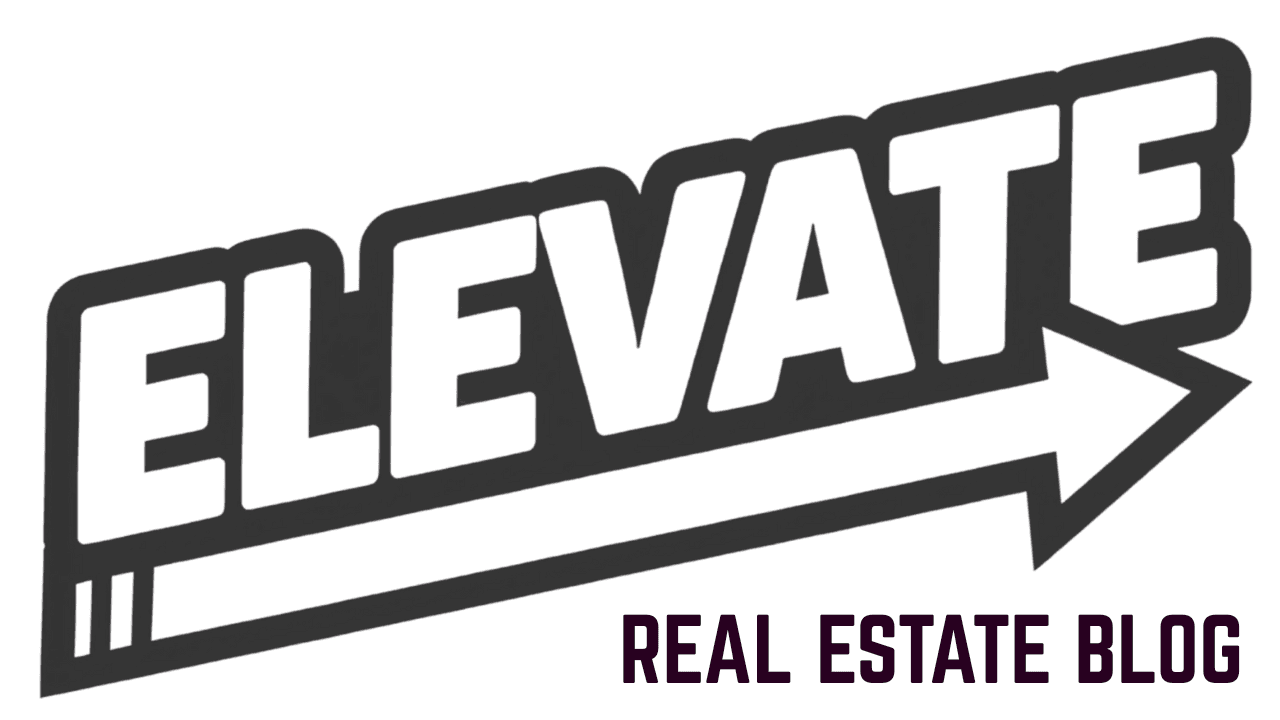Building an AI-powered onboarding system transforms how brokerages welcome new agents. Manual processes that once took weeks now complete in days. Documentation errors drop by 80%. Agent satisfaction increases significantly.
This guide outlines the practical steps to build an effective AI onboarding system for your brokerage.
Understanding AI Onboarding Systems
AI onboarding systems automate repetitive tasks while maintaining human oversight. They process documents, verify compliance requirements, schedule training sessions, and track progress automatically.
The system works through three core functions:
- Document processing and validation
- Workflow automation and scheduling
- Progress tracking and reporting
These functions eliminate manual data entry, reduce processing time, and ensure consistent onboarding experiences across all new agents.

Core System Components
Email-Triggered Automation
Start with email integration. New agents send required documents through email. The AI system reads attachments, extracts relevant data, and initiates the onboarding workflow automatically.
This approach eliminates portal logins and form submissions. Agents use familiar email systems. The AI handles document parsing and data extraction behind the scenes.
Document Processing Engine
Build intelligent document processing capabilities. The system must recognize various document types: licenses, certifications, identification, insurance policies, and contracts.
Optical Character Recognition (OCR) technology converts scanned documents into searchable text. Natural Language Processing (NLP) extracts specific data points from unstructured documents.
The system should validate document authenticity, check expiration dates, and flag missing information automatically.
Compliance Verification
Integrate compliance checking into the automation workflow. The system cross-references agent information against regulatory databases, verifies license status, and ensures all requirements are met.
Automated compliance reduces risk exposure and accelerates approval processes. The system maintains audit trails for regulatory purposes.
Communication Automation
Implement automated communication workflows. The system sends welcome messages, scheduling confirmations, and follow-up reminders without human intervention.
Personalized messaging based on agent profile data creates better engagement. The system tracks communication history and adjusts messaging frequency based on response patterns.

Implementation Strategy
Phase 1: Foundation Setup
Start with basic document processing. Configure the system to handle common document types and extract standard data fields.
Set up email integration and basic workflow automation. Test with a small group of new agents before full deployment.
Establish security protocols for document handling and data storage. Ensure compliance with privacy regulations and industry standards.
Phase 2: Workflow Automation
Add scheduling automation for training sessions, meetings, and orientation activities. Integrate calendar systems and booking platforms.
Implement progress tracking dashboards for managers. Provide visibility into onboarding status and potential bottlenecks.
Configure automated reminders for incomplete tasks and approaching deadlines.
Phase 3: Advanced Features
Deploy predictive analytics to identify at-risk onboardings. The system should flag agents likely to drop out based on engagement patterns.
Add personalized training recommendations based on agent background and experience level. Customize onboarding paths for different agent types.
Integrate with existing CRM and management systems through APIs.

Technology Requirements
Infrastructure Needs
Cloud-based deployment provides scalability and reliability. Choose platforms with built-in security features and compliance certifications.
API integration capabilities are essential. The system must connect with existing software tools and databases.
Storage requirements vary based on document volume. Plan for growth and implement archival policies for completed onboardings.
AI Model Selection
Use pre-trained models for document processing and text extraction. Fine-tune models based on your specific document types and data requirements.
Implement Retrieval-Augmented Generation (RAG) for complex queries. This approach combines AI responses with relevant document references for improved accuracy.
Consider hybrid approaches that combine rule-based processing with AI capabilities for better reliability.
Integration Points
Connect with MLS systems, license verification databases, and training platforms. API documentation and testing are crucial for smooth integration.
Establish data synchronization protocols to maintain consistency across systems. Monitor integration performance and error rates continuously.
Training Your AI System
Data Preparation
Collect historical onboarding documents and outcomes. Clean and organize data for model training purposes.
Annotate documents to identify key data fields and extraction points. Quality annotations improve model accuracy significantly.
Create diverse training datasets that represent different document formats and agent types.
Testing and Validation
Run parallel processing during initial deployment. Compare AI results with manual processing to identify accuracy gaps.
Test edge cases and unusual document formats. Document processing models often struggle with non-standard layouts.
Implement feedback loops where human reviewers can correct AI mistakes. Use this feedback to improve model performance over time.

Continuous Improvement
Monitor system performance metrics: processing speed, accuracy rates, and user satisfaction scores. Regular monitoring identifies areas for improvement.
Update models based on new document types and changing regulations. The system must adapt to evolving compliance requirements.
Collect user feedback from both agents and management staff. User insights guide feature development and system enhancements.
Measuring Success
Key Performance Indicators
Track onboarding completion times before and after AI implementation. Most brokerages see 40-60% reduction in processing time.
Monitor document error rates and compliance issues. AI systems typically reduce manual errors by 70-80%.
Measure agent satisfaction through surveys and retention rates. Smooth onboarding experiences improve long-term agent retention.
ROI Calculation
Calculate time savings from reduced manual processing. Multiply saved hours by staff hourly rates to determine cost benefits.
Factor in improved compliance and reduced risk exposure. Regulatory violations carry significant financial penalties.
Consider revenue impact from faster time-to-productivity for new agents. Quicker onboarding means agents start generating commissions sooner.
Common Implementation Challenges
Change Management
Staff resistance to new technology is common. Provide comprehensive training and highlight benefits for daily workflows.
Start with enthusiastic early adopters. Their success stories encourage broader adoption across the organization.
Maintain human oversight during transition periods. Staff confidence grows as they see consistent AI performance.
Data Quality Issues
Poor quality input documents produce unreliable results. Establish document standards and provide guidelines to new agents.
Implement validation rules that catch common data entry errors. The system should flag questionable information for human review.
Regular data audits identify systemic issues that require system adjustments.

Advanced Optimization Strategies
Predictive Analytics
Use historical data to predict onboarding success probability. Identify patterns that indicate which agents will complete the process successfully.
Implement early intervention strategies for at-risk cases. Automated outreach and additional support can improve completion rates.
Analyze time-to-productivity metrics to optimize training sequences and resource allocation.
Personalization Engines
Customize onboarding experiences based on agent background and experience level. New agents need different support than experienced professionals changing brokerages.
Adapt communication frequency and channel preferences based on agent responsiveness. Some agents prefer phone calls while others respond better to email.
Performance Analytics
Track system performance across different document types and processing scenarios. Identify areas where human oversight remains necessary.
Monitor user adoption rates and feature utilization. Underused features may need redesign or additional training.
Future Considerations
AI capabilities continue evolving rapidly. Natural language processing improvements enable more sophisticated document understanding.
Integration opportunities expand as more real estate tools adopt API-first architectures. Centralized onboarding systems become more powerful with broader connectivity.
Regulatory requirements change frequently in real estate. AI systems must adapt quickly to new compliance standards and documentation requirements.
Building an effective AI onboarding system requires careful planning, phased implementation, and continuous optimization. The investment pays dividends through improved efficiency, reduced errors, and better agent experiences.
Brokerages ready to implement AI onboarding systems should start with pilot programs and gradual expansion. Success depends on proper planning, adequate training, and commitment to continuous improvement.
For brokerages looking to streamline their onboarding processes with AI-powered solutions, schedule a demo to explore how modern technology can transform your agent onboarding experience.




